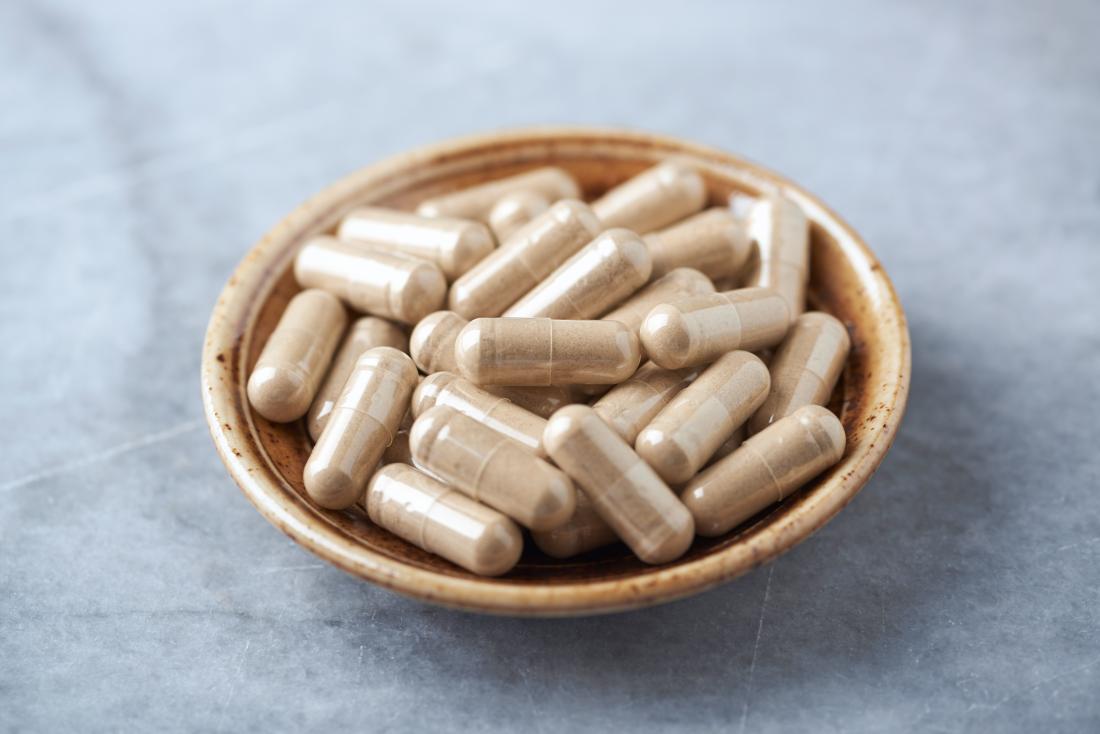Energy supplements have become increasingly popular in recent years as people look for ways to boost their energy levels and improve their overall well-being. With so many options available on the market, it can be overwhelming to know which ingredients are beneficial and which ones should be avoided. In this article, we will explore some key ingredients commonly found in energy supplements, what to look for, and what to avoid.
The Importance of Reading Labels
Before diving into the specific ingredients, it is important to emphasize the significance of reading labels when purchasing energy supplements. The label provides valuable information about the product, including the list of ingredients, serving size, and any potential warnings or cautions. By thoroughly reading and understanding the label, you can make informed decisions about which energy supplements are right for you. If you want to know more about energy supplements then visit https://www.hanahlife.com/collections/energy.

Image Source:Google
Caffeine: The Most Common Ingredient
Caffeine is perhaps the most well-known and widely used ingredient in energy supplements. It is a natural stimulant that can increase alertness, focus, and endurance. Most people are familiar with the effects of caffeine, as it is found in coffee, tea, and many soft drinks. In energy supplements, caffeine can be derived from various sources such as guarana, yerba mate, or green tea extract.
Vitamins and Minerals: Essential for Energy Production
In addition to caffeine, many energy supplements also contain a variety of vitamins and minerals that are essential for energy production in the body. B vitamins, in particular, play a crucial role in converting food into energy. They help break down carbohydrates, proteins, and fats, allowing the body to produce ATP (adenosine triphosphate), which is the main source of energy for cellular processes.

